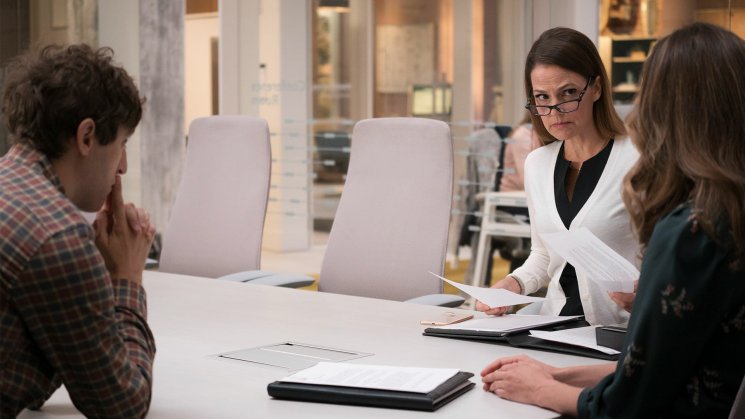

“Silicon Valley” has always had a firm narrative structure, even when its thorough analysis of the tech world forces dense explanations of everything from the specifics of voided corporate severance packages to the challenges associated with switching from a consumer-facing to a business-facing product launch. Judge keeps things moving as he introduces fresh arcs, and the foreshadowing in each episode - and each closing credits sequence, via more stellar music choices - pays off post-haste. Even long-time do-gooder Monica (Amanda Crew) is rendered a bit unpredictable this season, as Judge continues (straining slightly) to find relevant things for her to do.Īmong the many shuffling pieces in Season 3, the connections are as strong as ever. But the periphery is decorated with shades of gray, including newcomer Stephen Tobolowsky as a character I will not name, and Suzanne Cryer, a highlight from last year as Laurie Bream, the managing partner of Peter Gregory’s fund. Miller), Gilfoyle ( Martin Starr), Dinesh ( Kumail Nanjiani) and Jared ( Zach Woods), all of whom remain in top comedic form - and the cartoonishly evil Hooli leader Gavin Belson (Matt Ross). We’ve got a good grip on the morals of our core fivesome - Richard, Bachman ( T.J. Creator Mike Judge continues to construct characters so layered it’s an exciting challenge to suss them out. Now, he’s finally seeing some friendly faces, and he’s keen to sort out if there’s more than one face per person.Īs is the audience. He’s been screwed over one too many times with a project he never imagined would become such a complex undertaking. Business is business, as businessmen are quick to point out, but Richard didn’t get into this with dollar signs in his eyes. Picking up immediately after the Season 2 finale when Richard ( Thomas Middleditch) was ousted as CEO from his own company, the first three episodes find the always put-upon founder of Pied Piper struggling with promises made and broken.

Through three episodes, Season 3 seems primarily focused on the battle between creative and corporate. Season 2, meanwhile, found Dinesh and Gilfoyle trying to solve a morally repugnant question with mathematics and poor Jared getting trapped in a self-driving car that somehow ened up on a boat.Īs for Season 3, I already have a great deal of confidence in naming the moment I’ll never forget: It’s the horse sex scene. Oh, and that’s without mentioning the greatest dick joke ever put to the small screen. It wasn’t shy on highllights, including Dinesh’s internal struggle after discovering Gilfoyle’s girlfriend wants to sleep with him, or when Erlich seduced the wife of an important judge in a misbegotten attempt at an apology. Season 1 stood out immediately thanks to the specificity of character, place and voice. Even by season’s end, it’s the moments you keep coming back to, rather than the big picture. The exquisitely detailed coding conversations and layered depictions of various tech industry archetypes are pivotal in establishing the captivating world being studied, but viewers are likely still left thinking about one scene or another after each episode. Even though Mike Judge’s satiric take on the wild would-be woods of Silicon Valley stands tall as one of the most consistently and specifically serialized comedies on TV, it’s really a show built on moments.


 0 kommentar(er)
0 kommentar(er)
